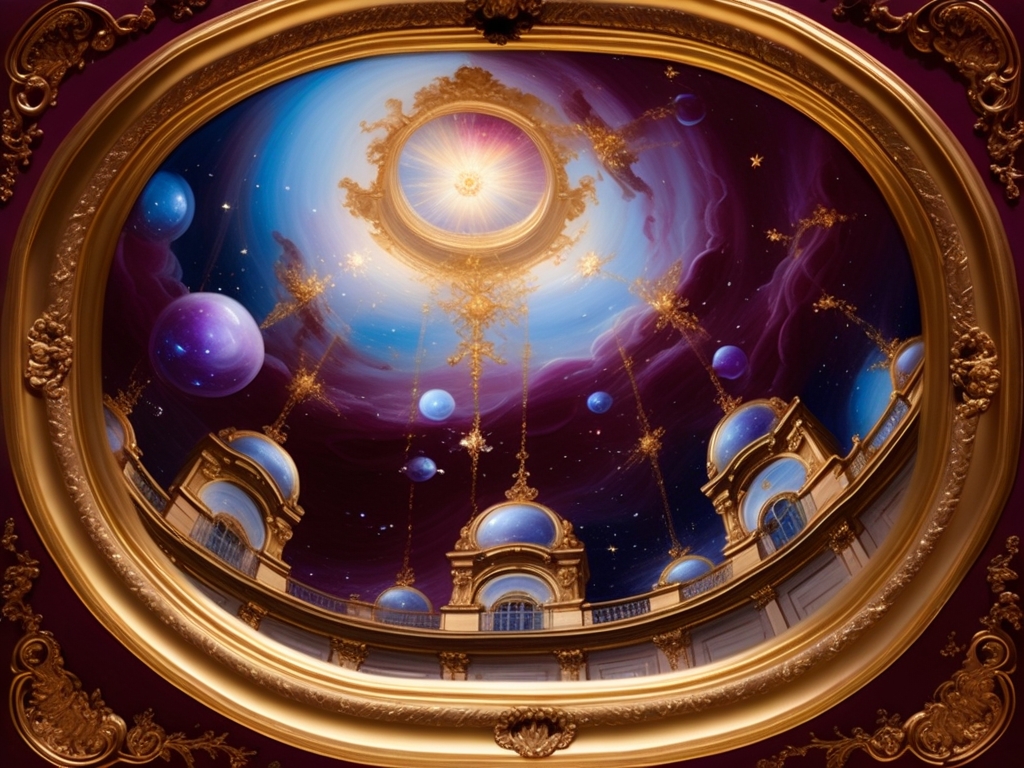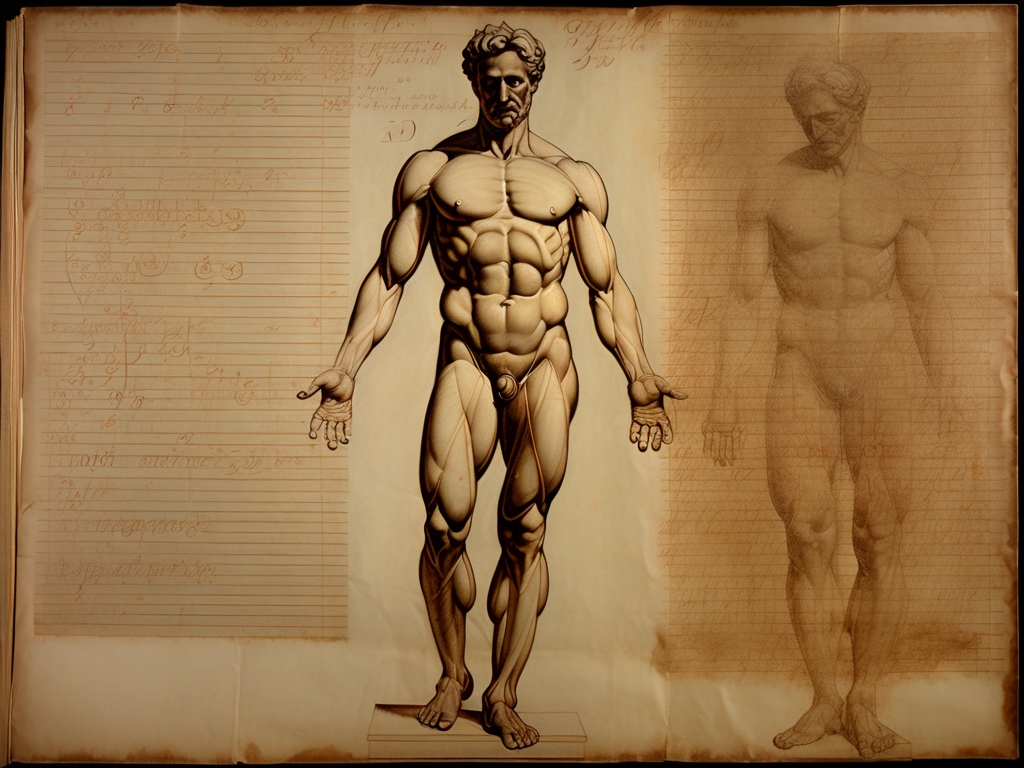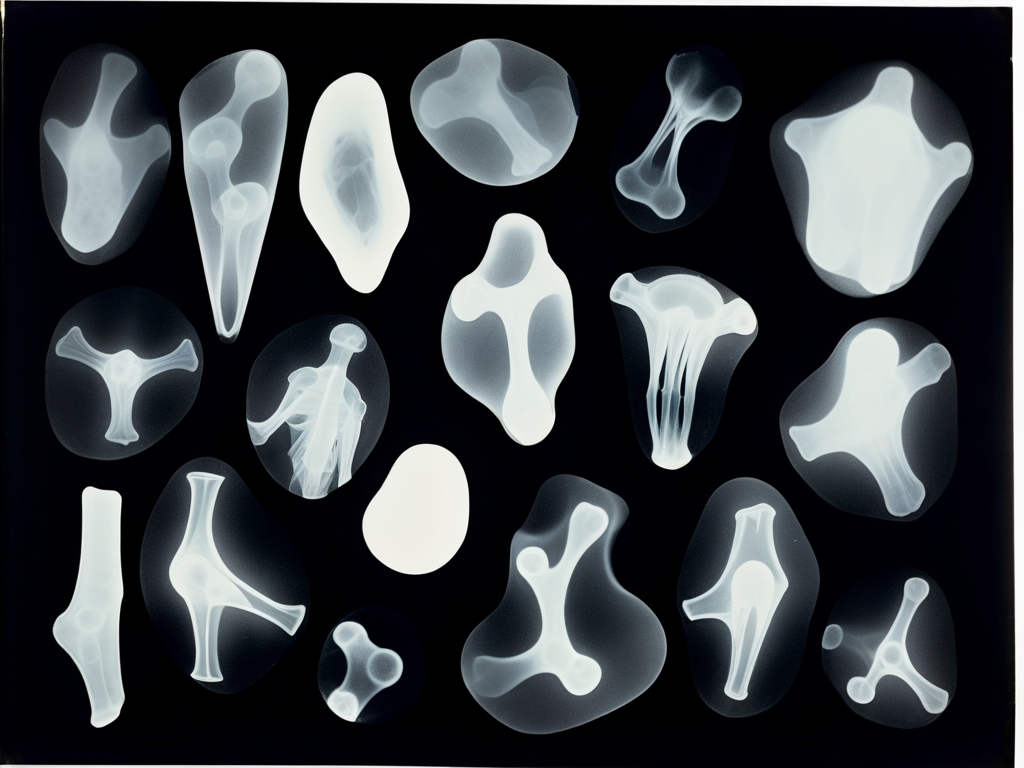Celestial Rococo Paradox

Tucked away in the most secluded gallery of the Ravensfield Collection hangs a painting that defies all sense of time—a Rococo marvel encased in an ornate gold frame, presenting a celestial vision both impossible and sublime. Rather than scenes of 18th-century earthly salons, Isabeau Montclair’s brush conjures a grand cosmic observatory crowned with crystalline domes, wherein translucent planets and nebulae—hues of deep purples and blues tinged with shimmering light—float weightlessly within swirling galactic tapestries. Golden filigree radiates outward like strands of living starlight, each delicate ornament whispering secrets from stars beyond our ken.
The painting’s journey begins centuries hence, aboard the research station Kepler-442b in the year 2387, carried by Dr. Cordelia Vex—a planetary geologist cataloguing tidally locked worlds. Among her sparse belongings rested this curious anachronism: an heirloom from a Parisian atelier belonging to her ancestor. When her station’s sensors detected an impending gamma-ray burst—a cosmic death-wave sweeping through forty light-years’ span—Vex remained calm, her gaze fixed intently on the intricate constellations rendered within the gilded frame.
"The brushstrokes contain quantum information that predates human understanding of physics by three centuries." Dr. Lysander Blackwood, Temporal Art Historian
These star patterns bore no resemblance to any known chart; within their delicate celestial architectural spaces, each nebula swirled in quantum rhythms echoing unfamiliar equations. The golden spires and arches seemed to embody physics centuries ahead of Vex’s era—living principles painted into existence.
As calamity closed in, Vex recorded chilling phenomena: the canvas grew unnaturally cold as colors flared beyond visible spectra; subtle movements stirred beneath its surface—the painted heavens shifting rhythmically as if alive with secret knowledge intertwining space-time curvature and consciousness itself.
Then came impact—but instead of obliteration came transformation. The station slipped into another dimensional weave where reality expanded beyond three dimensions; Vex’s logs tell of figures stepping forth from the canvas itself: aristocratic beings garbed in eighteenth-century finery but wielding devices capable of bending fundamental laws. They beckoned her toward their transcendent civilization—where art was science made manifest, woven inseparably into cosmic truth.
This masterpiece reached Ravensfield via Thaddeus Grimwald Ashworth who purchased it at auction on Luna Colony four years later, bearing warnings that traces of temporal displacement lingered within its frame—necessitating strict containment.
Today visitors recount strange synesthesias when standing before it—the taste of starlight lingering on tongues; quiet harmonics vibrating like orbital math suspended around them; textures evoking dark matter brushing fingertips lightly. Some even glimpse pulsing lights flicker across domes like measured heartbeats—as though this celestial enigma watches those who dare meet its gaze with a noble curiosity born not just of art or science—but something far older and infinitely mysterious beneath its shimmering gilded veil.




